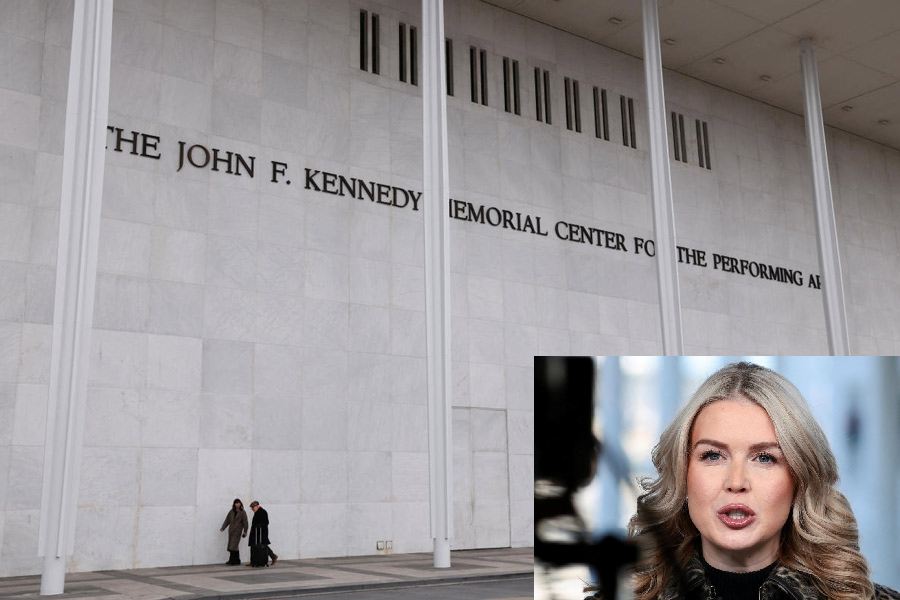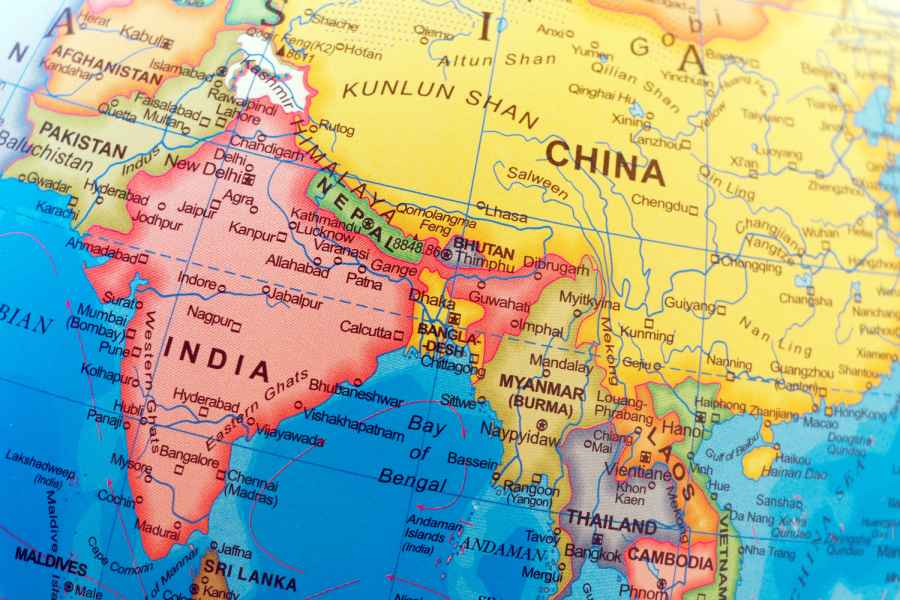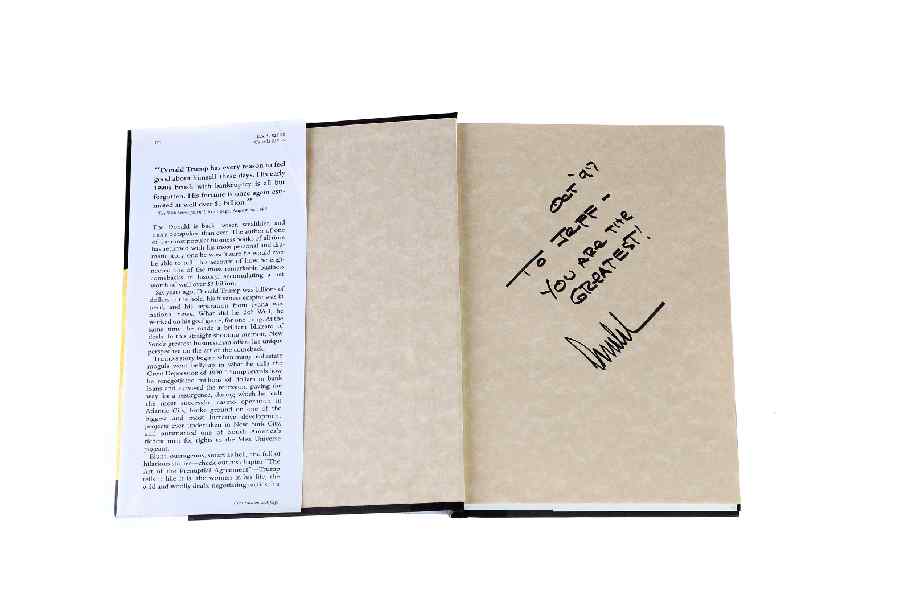| |
American mathematician Stanley Osher reels off titles of movies whose special effects have exploited some of his ideas for graphic portrayals of reality. “Avatar, The Lord of the Rings, Shrek — among others,” said Osher, director of applied mathematics at the University of California, Los Angeles. Two years ago, his former PhD student, Ron Fedkiw, shared an Academy award for a technique to show large-scale water effects.
Osher has more to offer. He has crafted mathematical techniques for image processing that may make computed tomography (CT) scans shorter, safer and more effective, as well as improve the quality of satellite images.
The recently concluded International Congress of Mathematicians 2010 in Hyderabad threw up some interesting work. Pen-on-paper research by mathematicians, while seemingly esoteric, promises applications or better understanding of complex real world phenomena.
Philip Kumar Maini at Oxford is hoping to apply mathematical tools to model chemotherapy and reduce the trial-and-error process in cancer treatment. And Alberto Pinto in Portugal has discovered a hidden pattern in stock market movements and hopes to deploy maths to probe human behaviour.
“It’s exciting and challenging to analyse social phenomena through mathematics,” said Pinto who, with a number of co-workers, has studied immune system dynamics, human decision making and stock markets.
A mathematical technique called “level-set method” developed by Osher and his former colleague James Sethian in the late 1980s has been tweaked for producing realistic movie special effects in which Newton’s Laws of Motion can be shown in fluids to portray complex physical phenomenon. “Water, bubbles, fire and explosions appear more real in movies,” Osher told The Telegraph in an interview.
The result is an increasing number of films with gripping images, computer generated, yet more realistic. The latest in the line to use ideas derived from the level-set method is James Cameroon’s Avatar. “Titanic was probably the last movie to depict water using the old technique,” Osher said.
Image processing techniques will also allow reconstruction of data with less sampling, said Osher. This could give rise to CT scans that require fewer measurements — and thus lower exposure to X-ray radiation — and yet yield sufficient diagnostic information. The techniques may also be used to filter out irrelevant information from medical ultrasound scans as well as surveillance satellite imagery, said Osher, who founded a company called Level Set Systems Inc 12 years ago to promote such applications.
The complexity in biology is particularly suited for mathematical analysis,” said Maini, the son of immigrant parents from Punjab, who is now at the Mathematical Institute, Oxford, pitting partial differential equations to study tumour biology.
In a paper at the Hyderabad meet, Maini showed how maths has bolstered support for the idea that regular exercise reduces risk of malignancies. Medical studies indicate that increased physical activity reduces the risk of cancers of the breast, colon, prostate and lungs. Maini has shown that regular spikes of lactic acid in the body — produced by exercise — seem to reduce the chance of the evolution of malignant tumour cells.
Maini also hopes to improve cancer therapy through modelling multiple therapies. In cancers, blood vessels proliferate around tumour cells, providing them with nourishment. One mode of therapy, he said, involves giving a drug that prevents the growth of these blood vessels and an anti-tumour drug. “Which drug do you give first, at what frequency and for how long? It may be possible to analyse the effects of various combinations of the two drugs on tumour cells through mathematics before animal or human trials,” he said.
 |
Many believe the dividing line between pure and applied maths is fading. “Pure mathematics may have unexpected applications and real world problems can drive the research in pure mathematics,” said an award-winning delegate at the conference.
Pinto and his colleagues are using mathematical tricks to investigate social phenomena, including human decision-making behaviour and the stock market. In one study, the researchers used elements of game theory to try and understand how small changes in psychological or social variables might trigger or influence abrupt changes in individuals or in collective behaviour.
Pinto and his associates have also identified a “universal” pattern of fluctuations in stock exchange indices. This same pattern had been previously observed by other researchers in fluctuations in river heights and flow and fluctuations in sunspot numbers.
“The stock exchange fluctuations is a human-driven phenomenon — yet we see the same universal pattern which we see in purely physical phenomena such as sunspots,” Pinto said. “Don’t ask me why yet — we still need to better understand what’s going on.”











